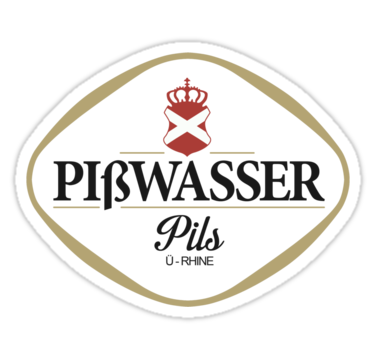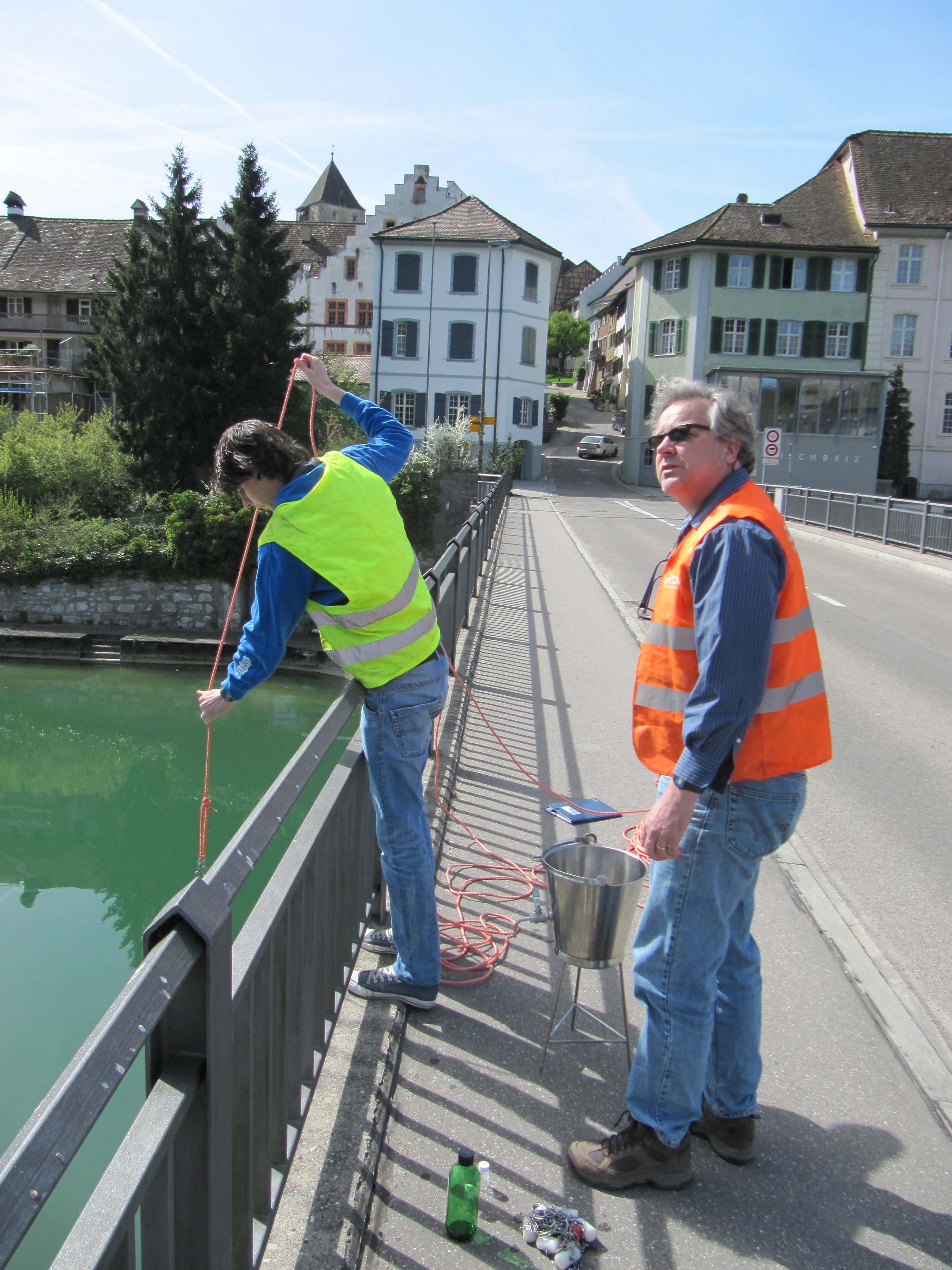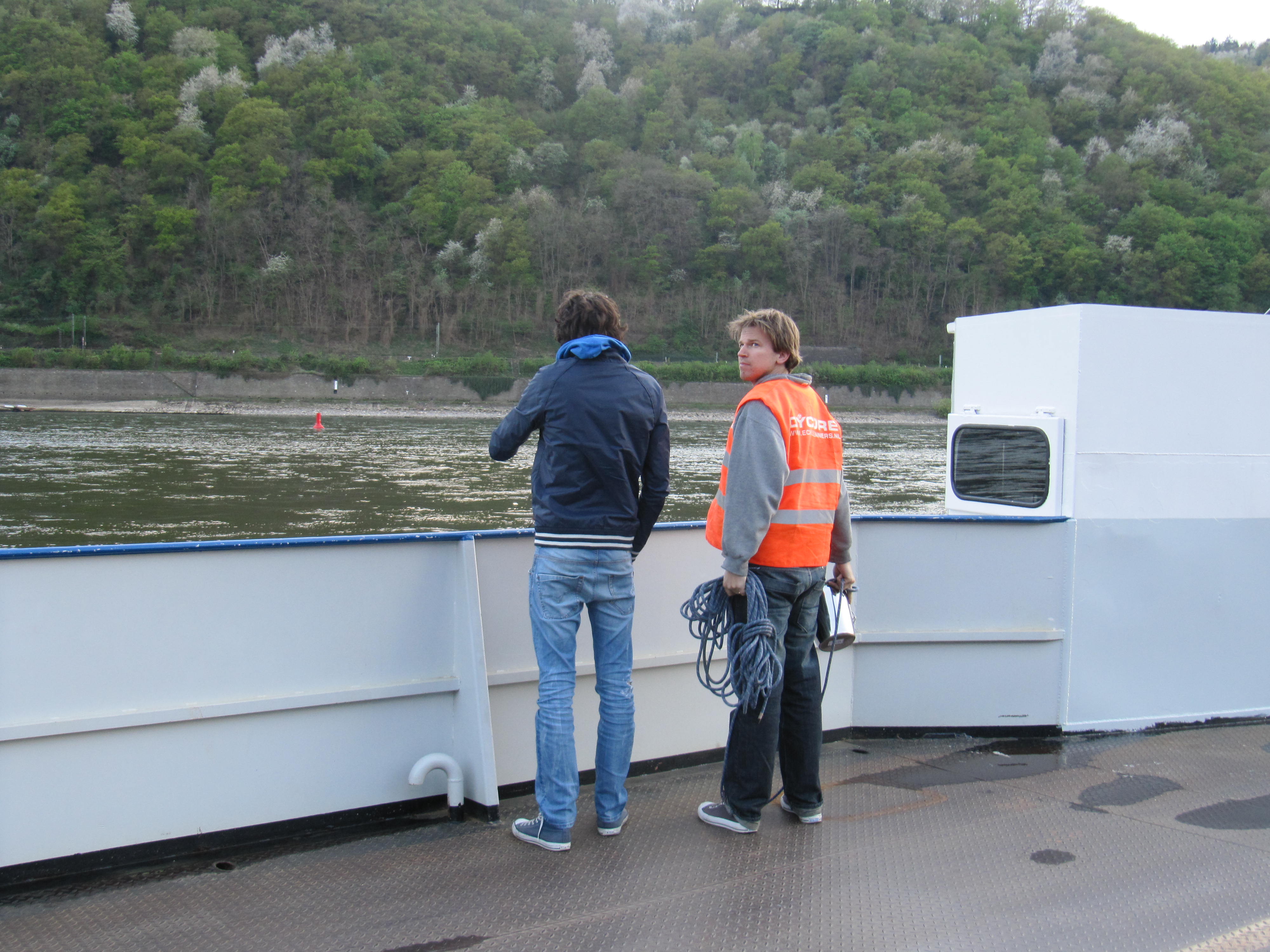Why the best beer in the world is actually pisswasser
Rockstar Games names its fictitious beer in GTA games "pisswasser" not knowing how appropriate this is for most Dutch beers. Pisswasser containing the piss of the Germans. Why? Because 37 percent of Dutch drinking water is filtered river water. The same river water that upstream countries (the Germans...) use to discharge their sewers into.
No wonder that we want to know what kinds of pollution are present in river water. When alarmingly high levels of heavy metals were found in river water in the 1970’s, water treatment practices had to be improved to filter heavy metals out of our drinking water. Recently, low levels of pharmaceuticals in river water were detected. Levels so low, that we do not need to worry for our drinking water safety. Yet.... It is a fair guess that the source of pharmaceutical pollution is discharge by humans: either by excreting, or by flushing un-used pills down the toilet. A fair guess is what scientists would call a hypothesis: an idea to be tested.
Today an article that I wrote1 is published in which that idea is tested: is pollution of river water with pharmaceuticals caused by humans excreting or flushing down pills? Conclusion: yes it is. For 20 out of our 42 tested pharmaceuticals we were able to link specific pharmaceuticals to specific demographic groups. For example: Carbamazpine is best explained by the number of male elderly.
In the best fieldwork ever, Nick, Stijn, Jop and I drove all the way from the source of the Rhine to the Dutch-German border, stopping every 30-ish kilometer to take a water quality sample. Corine tested the samples for traces of 42 different chemicals. I downloaded the height map of Europe from Hydrosheds and the demographic data per municipality from Eurostat. By combining height- and demographic- data sources I calculated how many people, divided by sex, age and nationality, live upstream of each sampling point. Finally I combined our fieldwork results with the downloaded data to link specific pharmaceuticals to specific demographic groups.
And that is how I found out that Jopen beer - the best beer in the world - being brewed here in my hometown, uses German pisswasser. Because the demographic group that explained the occurrence of pissing-pill Hydrochlorothiazide best proved to be "the Germans".
Luckily, the Germans treat their sewer discharge in water treatment plants before dumping it in rivers. Dutch drinking water companies filter and purify river water before delivering it to our taps. And the Jopen brewery applies a final osmosis filter before brewing the best beer in the world. Result: pisswasser. Very clean, super tasty pisswasser.
Cheers!
http://www.youtube.com/watch?v=8uDv0cPw87c
1together with my co-authors Nick van de Giesen and Corine J. Houtman.
Further notes:
The results must be interpreted with care: correlation is no causation. The best predictor for sleeping drug oxazepam is the presence of girls under 15 years of age. Oxazepam is hardly ever prescribed to young children. But we can learn this from our results: the presence of young girls in a region does increase the local consumption of sleeping drug Oxazepam.
For the 22 pharmaceuticals for which we could not identify a dominant demographic group we must conclude that either: our dataset was not rich enough to identify the dominant group, or human consumption is not the main source of pollution. Diazepam, another sleeping drug, showed a spike in measured concentrations somewhere after Basel, just before Strasbourg. This is typical of point source pollutions and can not be explained by only looking at human population.
Finally, I'd like to repeat the acknowledgements from our article: We like to thank Stijn de Jong and Jop Jansen of Delft University of Technology for preparing and taking part in the fieldwork trip. We like to thank Laurene Bouaziz and Wouter Berghuijs of Delft University of Technology for their help in collecting the online discharge data for this research. We like to thank Olivier Hoes of Delft University of Technology for his help with the GIS-analyses. Finally, we would also like to thank Scott Tyler of the University of Nevada, Reno, for coining the phrase 'medicinal footprint'.
- Blogs (163)
- Digitale data en economie (19)
- Geek en/of nerd (35)
- Onderwijs en politiek (40)
- Overig (34)
- Tinkering (knutselen) (71)
- Energie overdenkingen (1)
- English (39)
- forwardingPages (6)
- In de media (70)
- Huts Koffer, Volkskrant (36)
- overige media optredens (20)
- Radio 1: nieuws en co (12)
- Nieuws (168)
- Terugluisteren (8)
- Wetenschap (45)
- andermans werk (5)
- eigen werk (35)
- Blogs (163)


